Rhinoplasty in Iran: Nose Surgery in Iran
Rhinoplasty in Iran is synonymous with excellence in aesthetic surgery. Renowned for its skilled surgeons and state-of-the-art facilities, Iran has become a global hub for individuals seeking transformative nose reshaping.
The allure of rhinoplasty in Iran lies not only in the expertise of its medical professionals but also in the cost-effectiveness of the procedures. Many patients find that undergoing rhinoplasty in Iran offers a compelling combination of quality and affordability, making it an attractive destination for those considering nose surgery.
Before embarking on the rhinoplasty journey in Iran, prospective patients often explore the impressive before-and-after results showcased by experienced surgeons. These visual testimonials provide a glimpse into the artistry and precision that characterize rhinoplasty procedures in the country.
Moreover, the advancements in techniques such as liquid rhinoplasty and non-surgical rhinoplasty have expanded the options available to individuals seeking nasal refinement. These innovative approaches, embraced by skilled practitioners in Iran, offer alternatives that cater to diverse preferences and needs.
Who is the best nose surgeon in Iran? How much is the price of nose surgery in Iran? What is the percentage of nose surgery in Iran? What is the position of Iranian plastic nose surgeons in the world? Rhinoplasty in Iran or Turkey: which one is better?
what is rhinoplasty surgery?
rhinoplasty in Iran, commonly known as a “nose job,” is a surgical procedure that involves changing the shape or size of the nose. It is a type of plastic surgery that is typically performed for cosmetic reasons, although it can also be done to correct a medical issue such as a deviated septum that is causing breathing problems.
During a rhinoplasty procedure, the surgeon will make incisions inside the nostrils or on the skin between the nostrils, and then reshape the bone and cartilage of the nose to achieve the desired look. The procedure can be done under local or general anesthesia, depending on the extent of the surgery and the preference of the patient.
what is rhinoplasty surgery?
rhinoplasty in Iran, commonly known as a “nose job in Iran“, is a surgical procedure that involves changing the shape or size of the nose. It is a type of plastic surgery that is typically performed for cosmetic reasons, although it can also be done to correct a medical issue such as a deviated septum that is causing breathing problems.
During a rhinoplasty procedure, the surgeon will make incisions inside the nostrils or on the skin between the nostrils, and then reshape the bone and cartilage of the nose to achieve the desired look. The procedure can be done under local or general anesthesia, depending on the extent of the surgery and the preference of the patient.
Rhinoplasty before and after
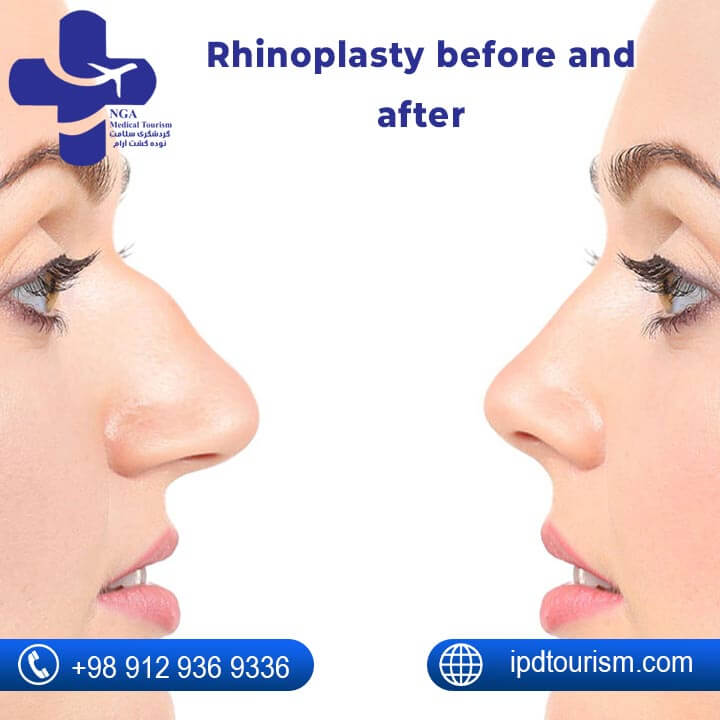
Closed Rhinoplasty Technique
How can a Wide nose be narrowed
Why Rhinoplasty Surgery in Iran?
Iran has become a popular destination for rhinoplasty surgery, and there are several reasons for this. One reason for nose surgery in Iran is that Iran has a highly developed medical system, with many skilled and experienced plastic surgeons who specialize in rhinoplasty. Many of these surgeons have been trained in Western countries and are fluent in English, making it easy for foreign patients to communicate with them.
Another reason for nose surgery in Iran why Iran has become a popular destination for rhinoplasty surgery is the lower cost of the procedure compared to many other countries. The cost of living in Iran is generally lower than in many Western countries, which means that the cost of medical procedures, including rhinoplasty, is also lower.
Additionally, Iran has a strong cultural emphasis on physical appearance, which has led to a high demand for cosmetic surgery, including rhinoplasty. This has resulted in a competitive market for plastic surgeons, which has helped to drive down the cost of the procedure.
Finally, Iran is known for its warm hospitality and welcoming culture, which can make it a comfortable and pleasant destination for patients traveling from other countries to undergo rhinoplasty surgery. Many clinics and hospitals in Iran offer packages that include transportation, accommodations, and other amenities to make the experience as convenient and stress-free as possible for patients.
How much does rhinoplasty cost in Iran?
The cost of nose surgery in iran can vary depending on a number of factors, including the surgeon’s experience and reputation, the type of nose surgery procedure being performed, and the location and facilities of the clinic or hospital where the surgery is taking place.
However, in general, the cost of rhinoplasty in Iran is significantly lower than in many Western countries. On average, the cost of rhinoplasty in Iran can range from around $1,500 to $4,000 USD, although prices can be higher or lower depending on the factors mentioned above.
how much is rhinoplasty surgery in Iran?
It’s important to note that while the lower cost of nose surgery in Iran can be attractive to patients from other countries, it’s also important to carefully research and choose a qualified and experienced surgeon to ensure the best possible outcome and minimize the risks associated with any surgical procedure. Patients should also carefully consider all aspects of the procedure, including pre-operative consultations, post-operative care, and any additional costs such as travel expenses, accommodations, and follow-up appointments
Different nasal structures
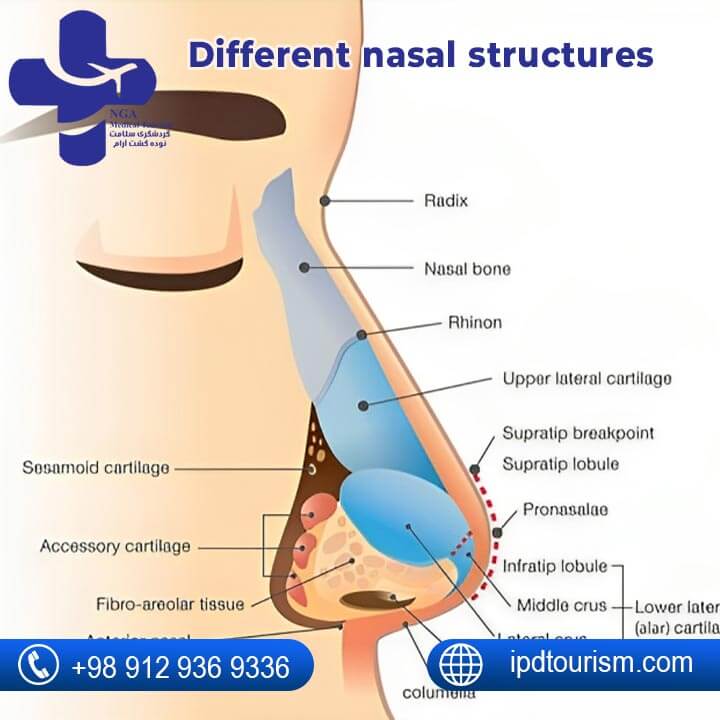
– Bony noses
A bony nose is a type of nose shape that is characterized by a prominent nasal bridge, which is made up of the nasal bones. Bony noses may also have a narrow or pinched tip, and may appear angular or sharp.
– Fleshy or meaty noses
A fleshy or meaty nose is a type of nose shape that is characterized by soft tissue that makes up the nasal tip and bridge. This type of nose can appear bulbous, rounded, or droopy, and may lack definition or structure.
One common technique used in fleshy nose rhinoplasty is cartilage grafting, which involves using cartilage from another part of the body to provide additional structure and support to the nasal tip. This can help to create a more defined and refined appearance, while also improving the overall balance and proportion of the nose.
Different nasal structures:
What are the types of rhinoplasty?
Open rhinoplasty
Open nose surgery involves a small external incision, providing direct visibility and access for intricate nasal adjustments. This technique is often preferred for complex procedures or revisions.
Closed rhinoplasty
Closed nose surgery is performed with internal incisions, minimizing visible scarring, and is suitable for less complex nasal adjustments, making it a popular choice for many patients.
Tip plasty (nose tip rhinoplasty)
Tip plasty, a specialized form of nose surgery, focuses on refining and reshaping the nasal tip for a more aesthetically pleasing and balanced appearance, often addressing concerns related to tip size, shape, or symmetry.
Septorhinoplasty
Septorhinoplasty combines nasal septum correction with aesthetic nose reshaping, addressing both functional and cosmetic aspects in a single surgery for improved breathing and an enhanced nasal appearance. This procedure is commonly chosen to correct deviated septums while achieving desired cosmetic changes.
Revision rhinoplasty, also known as secondary rhinoplasty, is a specialized procedure performed to address and correct issues from a previous nose surgery. It aims to achieve the desired aesthetic outcome or improve functional concerns, providing patients with a successful and satisfying nasal revision.
Liquid rhinoplasty
Liquid rhinoplasty, a non-surgical alternative, involves the use of dermal fillers to reshape and enhance the nose’s appearance without the need for surgery, offering a quick and minimally invasive option for nasal refinement. Results are temporary but provide a non-permanent solution for those seeking cosmetic changes.
How the nose surgery in Iran is Done?
Nose surgery in Iran, like in many other countries, typically involves general surgery techniques. The specifics of the procedure will depend on the individual patient’s needs and goals, as well as the surgeon’s recommendations. However, here is a general overview of how nose surgery in Iran is typically done:
Consultation
The first step in a nose surgery procedure is a consultation with a plastic surgeon. During this consultation, the surgeon will evaluate the patient’s nasal structure, discuss the patient’s goals for the procedure, and explain the surgical options available.
Anesthesia
Prior to the procedure, the patient will be given either local anesthesia, which numbs the nose and surrounding area, or general anesthesia, which puts the patient to sleep.
Incisions
Depending on the type of nose surgery being performed, the surgeon will make incisions either inside the nostrils (closed rhinoplasty) or on the skin between the nostrils (open rhinoplasty).
Reshaping
Once the incisions are made, the surgeon will reshape the bone and cartilage of the nose to achieve the desired results. This may involve removing or adding tissue, or repositioning existing tissue.
Closing the Incisions
Once the reshaping is complete, the surgeon will close the incisions using sutures. If external incisions were made, the surgeon may also place a splint or dressing on the outside of the nose to help support the new shape.
Recovery
After the procedure, the patient will need to rest for a period of time to allow for proper healing. The surgeon will provide specific instructions for post-operative care, including how to manage pain and swelling, as well as any restrictions on activities.
- Consultation: The first step in a nose surgery procedure is a consultation with a plastic surgeon. During this consultation, the surgeon will evaluate the patient’s nasal structure, discuss the patient’s goals for the procedure, and explain the surgical options available.
- Anesthesia: Prior to the procedure, the patient will be given either local anesthesia, which numbs the nose and surrounding area, or general anesthesia, which puts the patient to sleep.
- Incisions: Depending on the type of nose surgery being performed, the surgeon will make incisions either inside the nostrils (closed rhinoplasty) or on the skin between the nostrils (open rhinoplasty).
- Reshaping: Once the incisions are made, the surgeon will reshape the bone and cartilage of the nose to achieve the desired results. This may involve removing or adding tissue, or repositioning existing tissue.
- Closing the Incisions: Once the reshaping is complete, the surgeon will close the incisions using sutures. If external incisions were made, the surgeon may also place a splint or dressing on the outside of the nose to help support the new shape.
- Recovery: After the procedure, the patient will need to rest for a period of time to allow for proper healing. The surgeon will provide specific instructions for post-operative care, including how to manage pain and swelling, as well as any restrictions on activities.
My experience with nose surgery in Iran
What is non-surgical rhinoplasty?
Liquid rhinoplasty is a non-surgical cosmetic procedure that involves using injectable fillers to reshape the nose. The procedure can help smooth out bumps or asymmetries in the nose, improve the appearance of a droopy tip, and create more definition in the nasal bridge. The fillers used in liquid rhinoplasty are typically made of hyaluronic acid, a naturally occurring substance in the body that helps to hydrate and plump the skin. The effects of liquid rhinoplasty typically last between 6-12 months before needing to be repeated.
What is a tip rhinoplasty?
Tip rhinoplasty is a surgical procedure focused on refining and reshaping the tip of the nose. This specialized form of nose surgery addresses concerns related to the nasal tip’s size, shape, symmetry, or projection. Surgeons employ various techniques, such as cartilage manipulation or removal, to achieve a more aesthetically pleasing and harmonious nasal tip appearance. Tip rhinoplasty is often chosen by individuals seeking targeted improvements to the lower portion of the nose without undergoing a full nasal reconstruction.
Is Asian rhinoplasty different?
Asian nose surgery is a surgery that addresses the unique anatomical features of individuals of Asian descent. The procedure can improve the appearance of the nose while maintaining a natural-looking result.
What is the recovery time for rhinoplasty?
Rhinoplasty, or nose surgery, typically requires 1-2 weeks of recovery time. Swelling and bruising are common after the procedure, and it is important to follow the surgeon’s post-operative instructions carefully to ensure a successful outcome.
Is ethnic rhinoplasty worth it?
thnic rhinoplasty is a cosmetic nose surgery that is tailored to the unique anatomical features of individuals from different ethnic backgrounds. The goal of nose surgery is to improve the appearance of the nose while preserving the patient’s ethnic identity and natural features.
Is closed rhinoplasty better than open?
The choice between closed and open rhinoplasty depends on individual preferences and the complexity of the procedure. Closed nose surgery offers less visible scarring, while open nose surgery provides greater surgical access for intricate adjustments.
What is an ultrasonic rhinoplasty?
Ultrasonic rhinoplasty is a surgical technique that uses ultrasonic energy to reshape the nasal bones and cartilage for a more precise and less invasive approach to nose surgery.
Nose Jobs for Wide Noses
Tailored techniques address wide noses in rhinoplasty, including osteotomy, tip plasty, and alar reduction. Excess cartilage and bone at the nasal bridge contribute to the perception of width.
The following procedures can be adopted during the surgery:
- Cartilage grafting
- Straightening of the nasal septum
- Bone rasping
- Nostril re-positioning
- Osteotomy
The last technique, called “osteotomy” is employed when doctors break the nose throughout the operation. While this is a significant part of the surgery, it may not be used in all of them depending on your specialist’s viewpoint.
What are the Side Effects of Rhinoplasty?
Common side effects of nose surgery include swelling, bruising, and temporary discomfort. In some cases, patients may experience mild pain, nasal congestion, or changes in sensation. It’s crucial to follow post-operative care instructions to minimize these effects and ensure a smooth recovery.
Rhinoplasty Risks

Some of the most common risks associated with nose surgery include:
– Infection
– Bleeding
– Scarring
– Nasal Obstruction
– Anesthesia complications
– Unsatisfactory Results
– Revision Rhinoplasty Surgery
The Benefits of Rhinoplasty in Iran
Rhinoplasty (nose job) is a surgical procedure that can provide several benefits, both aesthetic and functional. Here are some of the most common benefits of nose surgery:
– Improved Appearance
– Improved Breathing
– Correcting Trauma or Birth Defects
– increasing the self confiedence
Male Rhinoplasty Before and After Photos
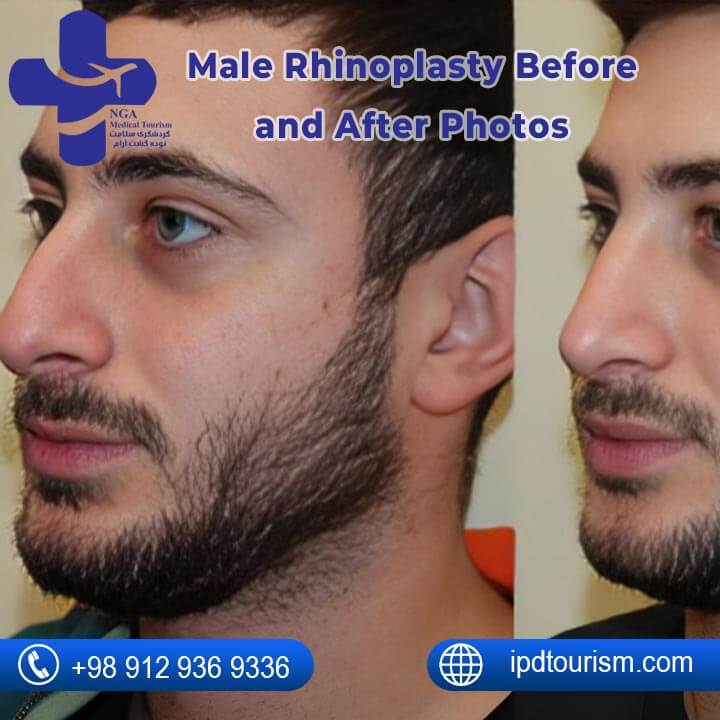
Bulbous nose before and after Photos
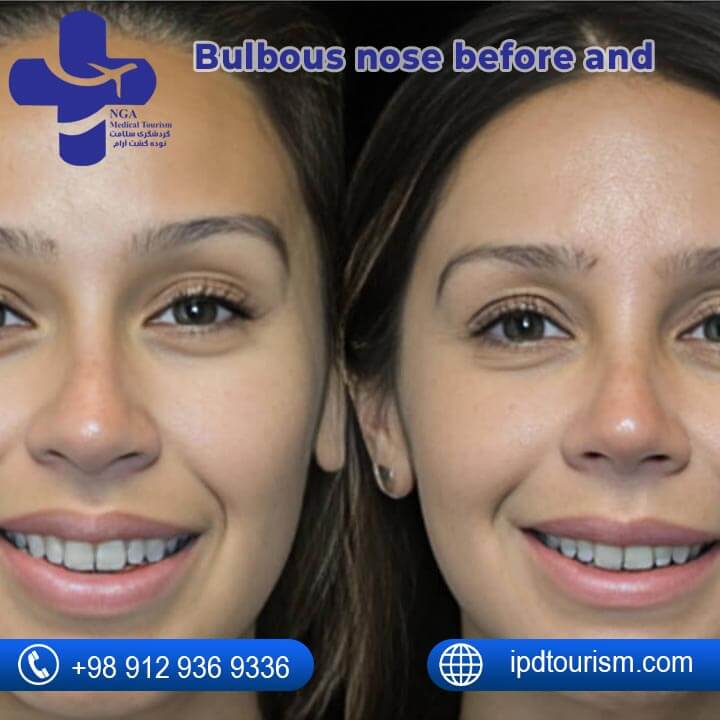
best rhinoplasty surgeon in Iran

Dr.Hamidreza fathi

Dr.Pouria aflaki

Dr.ali gharooni
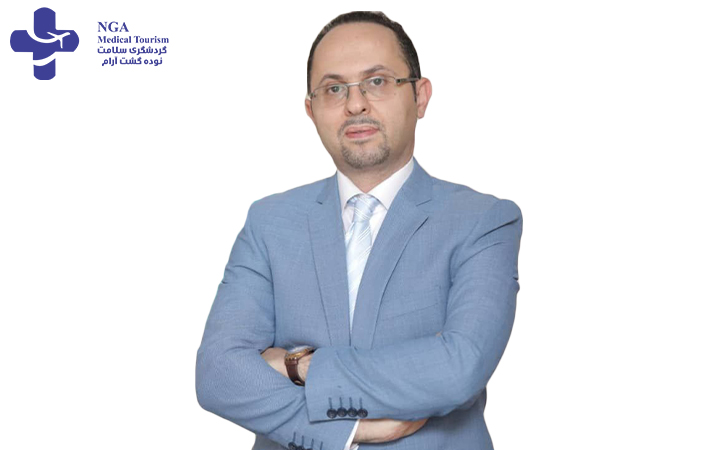
Dr. Amirreza Motabar

Dr.farhad ajdari
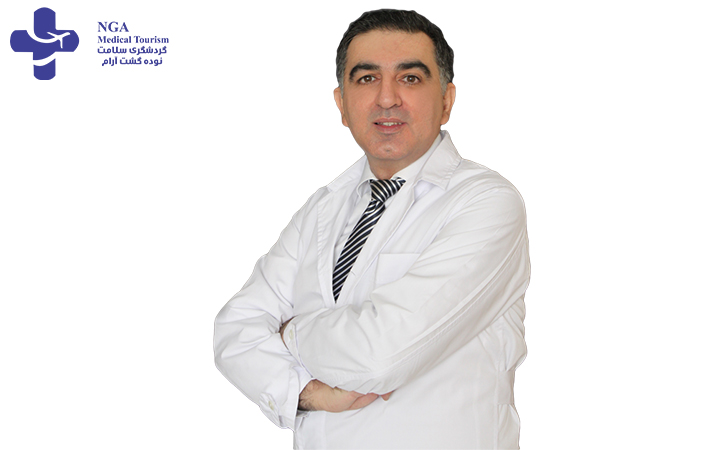
Dr.Farhood Goravanchi
Conclusion about nose surgery:
In conclusion, nose surgery is a surgical procedure that can help improve the appearance of the nose by reshaping the bone and cartilage. It can be performed for cosmetic reasons, such as to improve the overall appearance of the nose, or for functional reasons, such as to address breathing problems. The procedure can involve a variety of techniques, including open or closed rhinoplasty, ethnic or Asian rhinoplasty, and ultrasonic rhinoplasty. Recovery time can vary depending on the extent of the procedure, but most patients can return to work and normal activities within 1-2 weeks. It is important to choose a qualified and experienced surgeon who has a personalized approach to patient care and a proven track record of success. As with any surgery, there are potential risks and side effects, which should be discussed with a qualified surgeon during the consultation process.
FAQ:
Rhinoplasty, also known as nose surgery or a nose job, can be performed on individuals of various ages. However, there are some factors that should be considered when determining if a person is a good candidate for the procedure. cup size.
Whether or not you will need to stay in the hospital after a rhinoplasty procedure depends on the extent of the surgery and your individual recovery needs. In general, rhinoplasty is an outpatient procedure, meaning that patients can go home the same day as the surgery.
Yes, it is possible to see a simulation or preview of the probable new shape of your nose before the surgery. This can be done through computer imaging technology, which allows your surgeon to create a digital 3D model of your nose and show you how it may look after the procedure.
Cartilage grafting is a surgical technique used to add or replace cartilage in various parts of the body. In the context of rhinoplasty, cartilage grafting is often used to reshape the nose and improve its appearance and function.
Rhinoplasty in Iran | Best Iranian Nose Surgeons in 2022 …
from $1,200 to $2,500
Average rhinoplasty cost in Iran ranges from $1,200 to $2,500 based on the surgeon’s reputation and level of expertise, the complexity of the procedure, and similar issues. It’s important to note that highly up-do-date facilities and efficient services are offered in Iran’s specialized clinics.
Why Iranians Love Nose Jobs and Cosmetic Surgery – Fair Observer
In fact, Iran is one of the leading destinations for cosmetic surgery.
The best rhinoplasty surgeons in Iran
Dr. Farhad Ajdari.
Dr. Ali Gharooni.
Dr. Farhood Goravanchi.
Dr. Shahriar Yahyavi.
Dr. Sajad Mohammadi.
Dr. Rasoul Panah.
Dr. Ali Mohebbi
Although various aspects of Islamic doctrine about cosmetic surgery remain vague, religious scholars generally state that beautification used to improve a deformed part of the body is generally permissible and can eliminate physical and psychological distress.
Is rhinoplasty painful? Not for most people. One day after surgery, most people rate their pain between 0 and 4 out of 10.
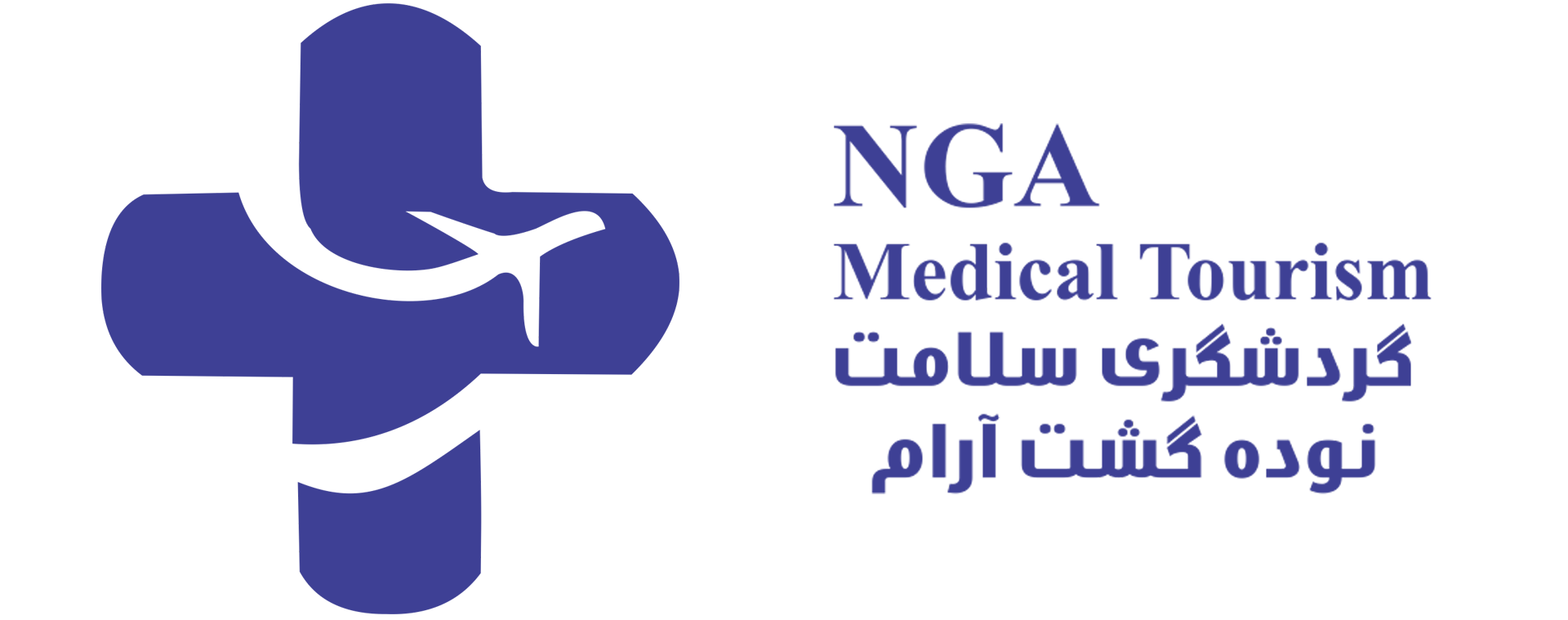
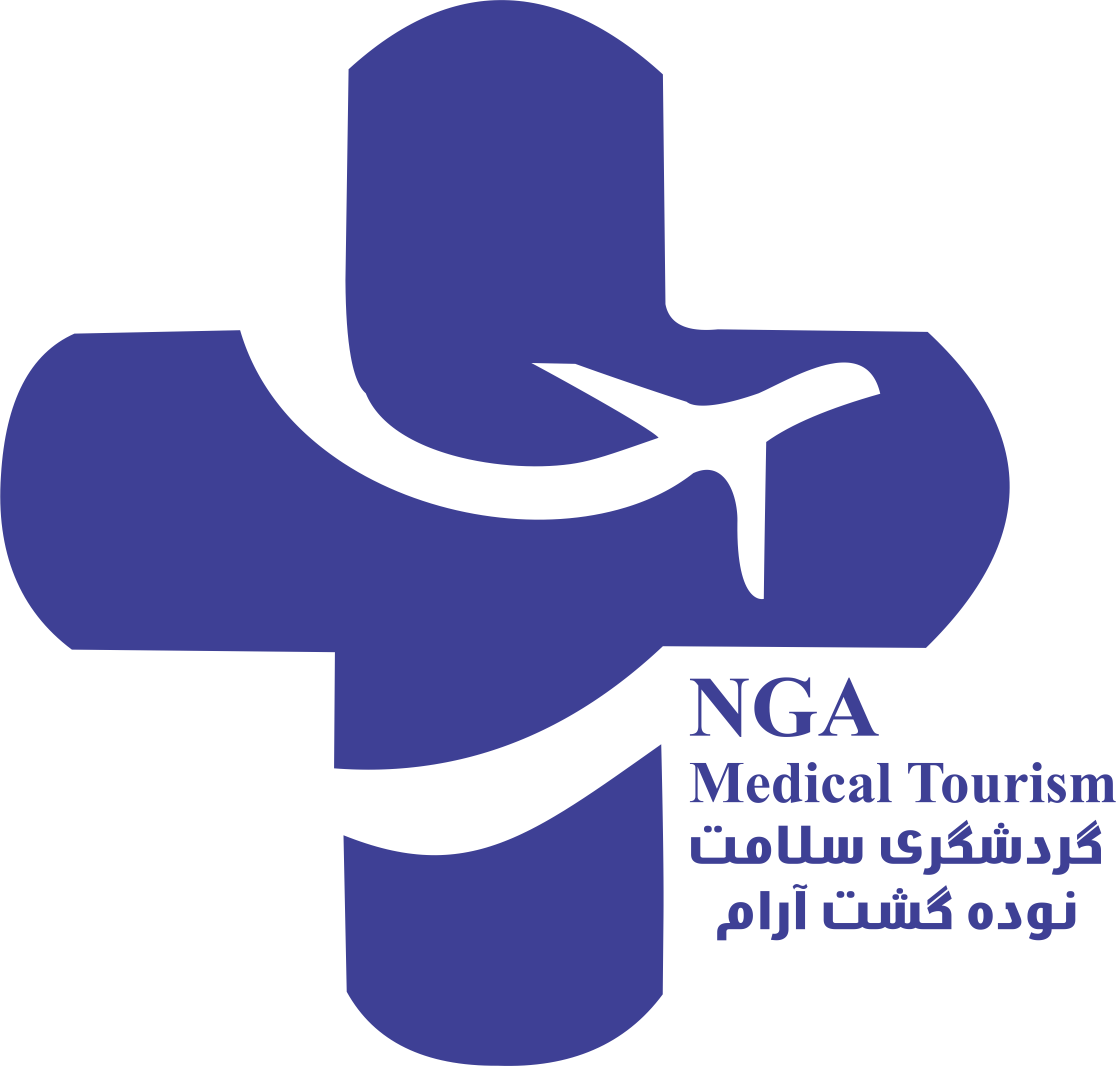





12 Comments